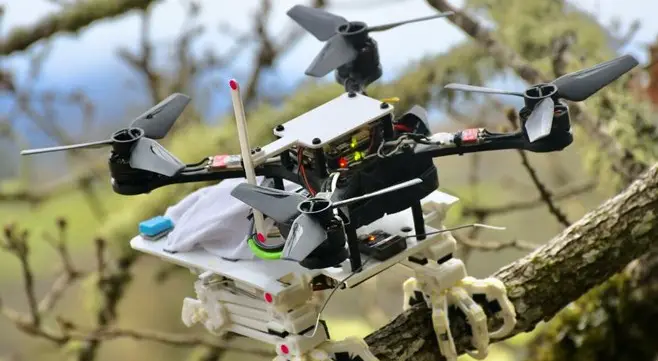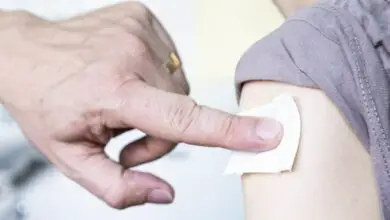The robotic claws can be mounted on a drone so that the drone can land as a bird

Scientists at Stanford University developed Drone-fit robotic claws inspired by birds’ feet. The device can catch objects and allows the drone to land on various surfaces, such as tree branches.
The development team gave the device a nature-inspired stereotype air grab (SNAG). It allows flying robots to save energy in situations they would otherwise have to float during search or rescue missions. In addition, it is much easier to collect data in forests, for example.
“We want drones to be able to land anywhere; it is a fascinating task from an engineering and robotics point of view,” said David Lentink, co-author of a study presented in Science Robotics.
Robotics professionals often take their ideas from animals when they have to solve an engineering problem, but mimicking the flight and landing of birds over millions of years of evolution is a rather tricky task. The branches they land on vary in size, shape, and texture. They may be covered with lichen or moss and slippery from the rain.
Scientists have observed sparrow parrots. They were recorded with high-speed cameras on how they land on surfaces of different sizes and materials, such as wood, foam, sandpaper, Teflon. The seat boards on which they landed had sensors that measured the force applied during landing, sitting, and taking off.
The structure of the drone claws is made with a 3D printer, and it takes 20 milliseconds to grasp the branch. An accelerometer in the right foot indicates that the “bird’s-foot” drone has landed. This starts the balancing algorithm that overturns the drone, preventing it from falling.
During the tests, the robotic arm successfully caught objects thrown at it, such as a beanbag and a tennis ball, and the drone was able to land in the Oregon forests under natural conditions.



